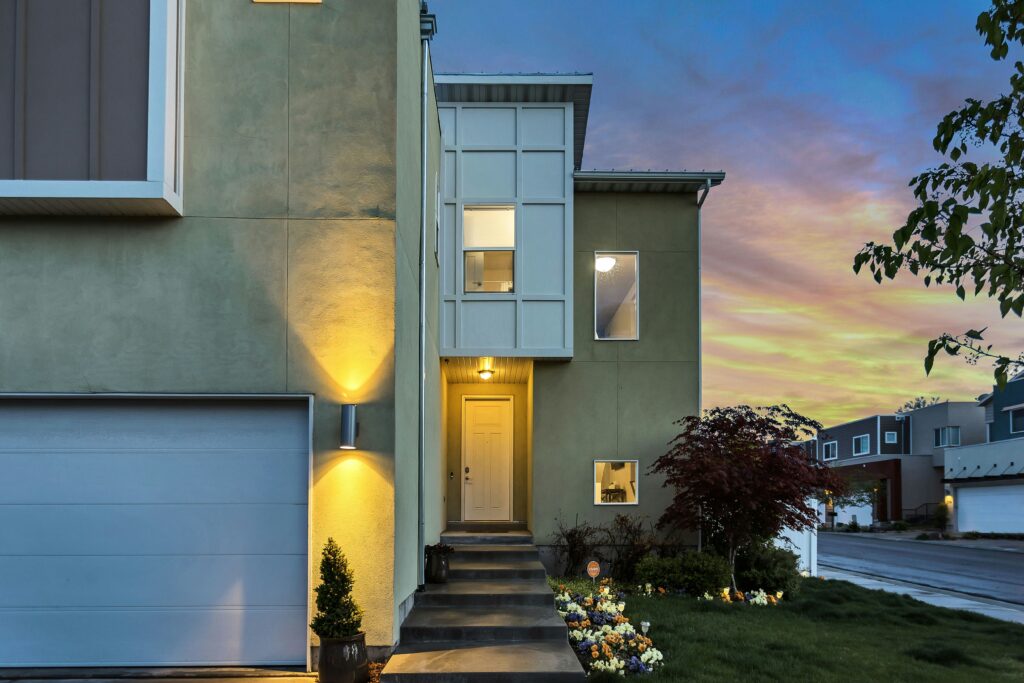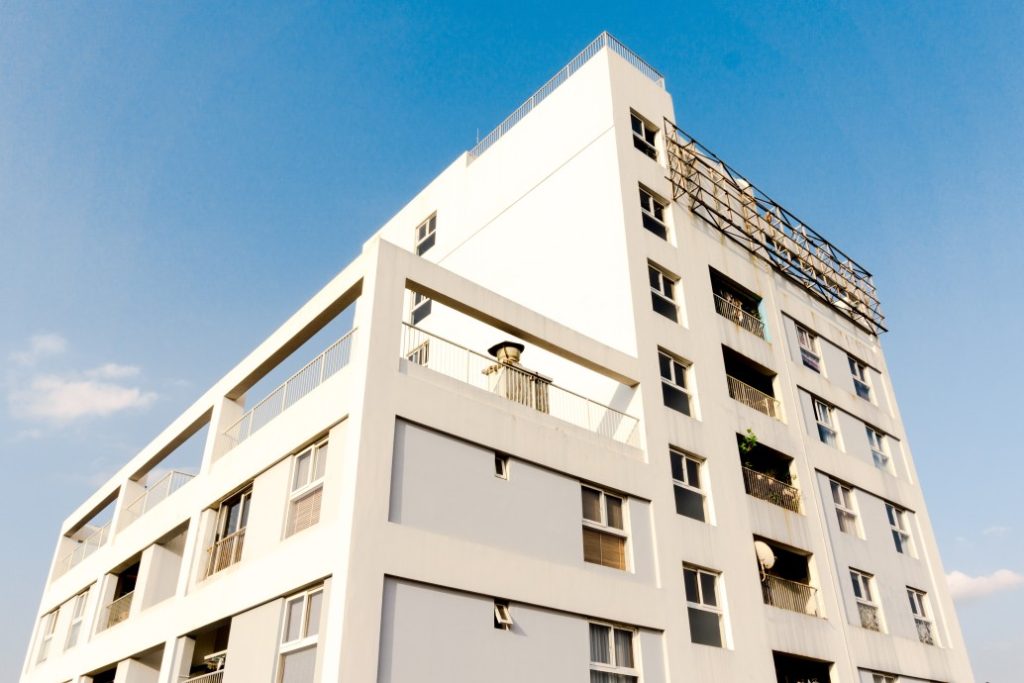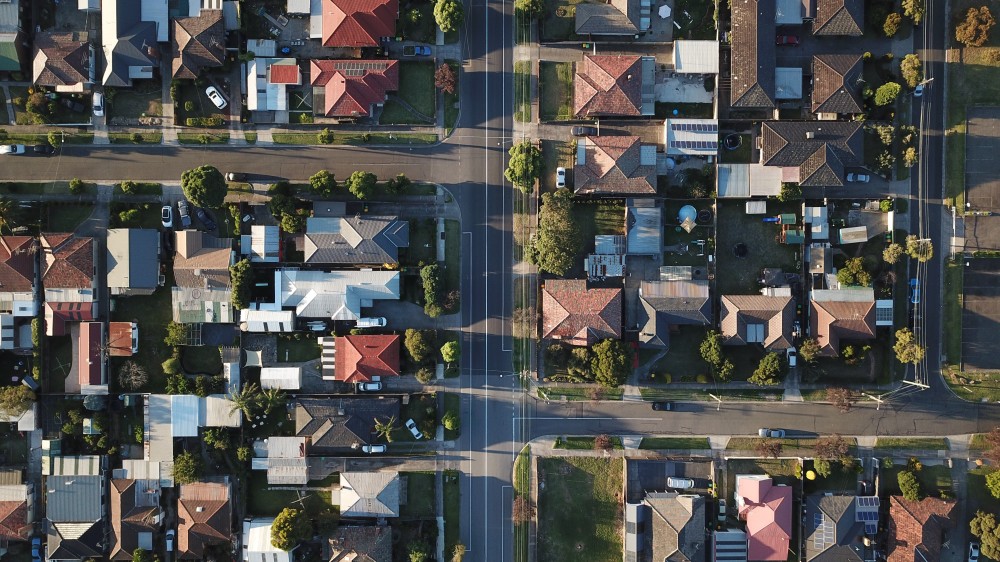Selling a flat with cladding issues can feel like trying to sell a chocolate teapot.
Since Grenfell, cladding’s become one of the biggest red flags in UK property — especially in leasehold flats. Mortgage lenders are twitchy, legal responsibilities are murky, and leaseholders often feel like they’re stuck in limbo.
But here’s the good news: you can still sell. Even if your building hasn’t been remediated yet. Even if you don’t have an EWS1.
In this guide, I’ll walk you through the practical steps to sell a cladding-affected flat in 2025. I’ll cover:
- What cladding problems actually are
- The role of EWS1 forms in sales
- How cladding affects price and buyer demand
- What your options are if the market won’t touch your flat
- How Property Rescue can help
Let’s crack on.
What Are Cladding Issues and Why Do They Matter?
What Is Cladding?
Cladding is the external skin applied to a building’s structure.
It’s used for thermal insulation, waterproofing, and giving buildings a sleek, modern look. You’ll find cladding made from materials like:
- Aluminium composite panels (ACP)
- Timber
- High-pressure laminate (HPL)
- Glass reinforced plastic (GRP)
- Fibre cement boards
All fairly common. But not all equally safe.
Why Is Cladding a Problem?
Post-Grenfell, cladding became a fire safety scandal.
Some types — like ACM (aluminium composite material) — can spread fire up the side of a building in minutes. Not ideal when you’ve got dozens of families living above.
The government’s response?
- A nationwide review of building safety
- Bans on combustible materials for high-rise buildings
- The introduction of fire safety regulations and remediation schemes
In short: unsafe cladding = serious risk. And serious consequences for leaseholders trying to sell.
What Is the EWS1 Form?
The EWS1 (External Wall System 1) form was brought in to standardise fire-risk assessments on cladding.
It tells mortgage lenders whether a building’s wall system is safe, or not.
The assessment must be done by a qualified fire engineer and covers:
- Cladding materials
- Insulation
- Fire breaks and cavity barriers
- Balcony structures
If the building passes, you get an EWS1 certificate and mortgage lenders are happy.
The EWS1 has various ratings. A “pass” in fact is when you have a rating of either. Any other ratings may be problematic.
Rating A3 means work will be needed, but still most lenders will lend.
Rating B2 is a big problem since if your building hasa B2 rating, buyers will not be able to get a mortgage.
Note: An EWS1 assessment looks for combustible materials in the building fabric. It’s not exclusive to cladding, although cladding is included.
Can You Sell a Flat with Cladding Issues?
Yes — But Expect Complications and a very low price.
The short answer is yes, you can sell.
The longer answer? It depends on the condition of your building, the documentation available, and the type of buyer you’re targeting.
Most mainstream mortgage lenders won’t touch flats without a valid EWS1 form if the building is above 11 metres or has known combustible materials. That shrinks your buyer pool dramatically.
So who might still buy?
Cash buyers — usually investors or developers
If you’re on the open market with a B2 EWS1 rating, expect a long wait and low offers. The truth is you’ve disqualified most buyers as most buyers need to borrow.
Even investors will be reluctant since they generally need to be able to resell a property to a person using a mortgage.
Selling Without an EWS1 Form
Here’s the reality: no EWS1 means your property is essentially unmortgageable.
And that changes the whole game.
You’ll likely be offered up to 25% to 50% below market value by a cash buyer.
The problem lies in the fact that the EWS1 applies to flats. And when it comes to flats,the seller is a leaseholder, not a freeholder. So, neither the seller or any potential buyer has the ability to fix the problem.
The issue will need to be fixed by the freeholder or original developer of the block of flats.
Cash buyers will often buy EWS1 ratings of A1, A2, A3, and B1.
If you have no EWS1 cert or if you have a rating of B2, you’ll need to pressure the freeholder to do the remedial work. This will likely be expensive for them and they may therefore be reluctant to do it.
When You Don’t Need an EWS1 Form
You might be in luck if any of the following apply:
- The building is under 11 metres tall
As of recent government guidance, buildings below this threshold usually don’t require an EWS1 — unless there are obvious risks (like cladding and timber balconies combined). - There’s no cladding or it’s entirely non-combustible
If your building only has brick, render or similar safe materials, lenders may not need an EWS1. - The building’s been fully remediated and signed off
Some blocks now have fire engineers’ letters or completed remediation reports that satisfy lenders even without a formal EWS1.
Still unsure? Speak to the building’s managing agent. They’ll know if an EWS1 is required and whether one exists.
How a B2 rating might affect the price of your flat
Let’s break it down:
Flat with No EWS1 or with a B2 Rating
- Risk: High
- Buyer type: Cash only
- Discount: 20–50% below market value
Flat Mid-Remediation (Works Started but Not Finished)
- Risk: Medium
- Buyer type: Cash buyer
- Discount: 10–25% – because buyer can’t easily resell until the remedial work is completed.
Flat with Completed Remediation & Pass Certificate
- Risk: Low
- Buyer type: All buyers and flat is mortgageable.
- Discount: None, but delays in selling still common
These are ballpark figures. Your actual discount may vary based on local market conditions and buyer appetite.
What Are My Options to Sell a B2 Rated Flat
Wait for Remediation to Complete
If your building has a clear remediation plan — and ideally, funding in place, waiting is often the best option.
Let the Flat Instead
Letting the property is a solid solution that will allow you to move elsewhere. But you’ll inherit all the red tape and tax responsibilities of a landlord.
Sell to a Professional Cash Buyer
You might get lucky and find one that’s willing to buy your flat if the rating is anything other than B2.
If the rating is B2, but remedial work is underway some cash buyers may be interested for the right price. But if there’s no sign of remedial work,then it’s unlikely any professional cash buyers will be interested since they need to be able to resell the property.
Get in touch with us to discuss your flat to see if we can make you an offer since each flat has different circumstances
Sell to Non-professional Cash Buyer
If you are very lucky you might find a cash buyer who is looking for a long-term home, or a cheap property to rent out, and they may have the cash to buy the property without a mortgage (if the price is low enough). But you’d need to give a massive discount to the price to attract such a buyer.
Who Should Pay for Remedial Work
If you’re a leaseholder stuck in a building with cladding issues, the Building Safety Act 2022 introduced some long-overdue protections.
Here’s the key bit: the Act introduced a “Waterfall” model of liability.
In plain English, that means the following parties must pay before any cost is passed on to leaseholders:
- Developers: If still active and responsible
- Freeholders: Especially if they’re linked to developers or have sufficient funds
- Government: Via funding schemes like the Building Safety Fund or Medium-Rise Scheme
- Leaseholders: Only if no other funding source is available, and even then, strict caps apply
Government Support for Remediation
Several funding streams are available depending on your building’s height and risk level:
- Building Safety Fund (BSF): Covers removal of dangerous cladding on buildings over 18 metres
- Medium-Rise Scheme: Support for buildings between 11–18 metres with unsafe materials
- Developer Pledge: Some major housebuilders have agreed to remediate their buildings at their own expense
Your managing agent or freeholder should already know what (if any) scheme applies to your building.
Tips for Selling a Flat with Cladding Issues Faster
If you’re serious about selling, and want to avoid months (or years) of stress — these steps can help speed things up.
1. Gather All Documentation
Start with a full paper trail. You’ll need:
- Any EWS1 forms or fire risk assessments (even if failed)
- Service charge accounts, especially if youve been charged for remedial work
- Remediation notices or letters from the managing agent
- Correspondence with the freeholder or developer about cladding
- Details of any government funding applications
The more transparent you are, the faster buyers can make a decision. You’ll also avoid delays during conveyancing.
2. Be Transparent with Buyers
Cladding is no longer a secret shame and many flats are affected.
Disclose everything early. Most serious buyers will appreciate the honesty, especially if it helps them plan finance or risk strategy.
3. Price Realistically
Overpricing a cladding-affected flat is like putting lipstick on a fire extinguisher. It won’t attract anyone..
- Do some local research to see how much other flats in the building sold for, and to who.
- Get a valuation from a RICS surveyor
- Speak to cash property buying companies to see if they are interested based on any unique circumstances.
You can always say no to low offers — but starting too high will kill momentum.





